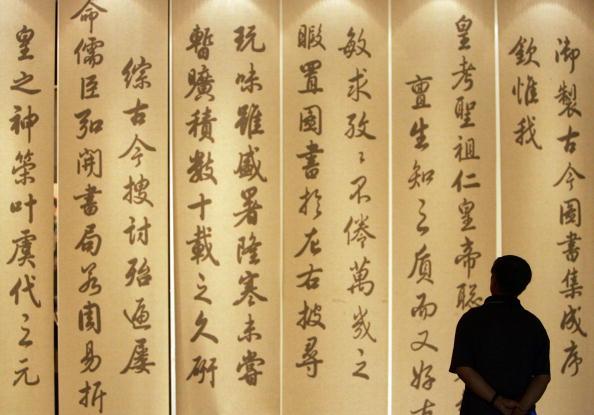This is the first in a series of articles by an Epoch Times research team describing the foundations of Chinese civilization, and setting forth the traditional Chinese worldview. The series surveys the course of Chinese history, showing how key figures aided in the creation of China’s divinely-inspired culture. The series preface follows.
In ancient times, Chinese called their land Shen Zhou—the land of the divine.
Legends record how the Creator established the Three Realms—heaven, earth, and the underworld—and gave life to many beings within. Gods laid down and ordered the environment for human beings to survive and prosper. They taught humanity civilization and cultivation, as well as moral regulation. Later, different gods and Buddhas descended to the mortal world by order of the Creator to spread the Buddha Law and a culture of cultivation. Through self-cultivation, human beings would strive to return to their original positions in the heavens.
Heaven and earth were created by the god Pan Gu, who divided the two out of a primordial chaos. Following this, other gods created humanity in their own image. Chinese legends record how the goddess Nü Wa crafted humans from mud using her own figure as a model, and the Bible tells of man’s creation by God. Different legends from different cultures around the world record the creation of people from all races while gods refined the world of the early days.






